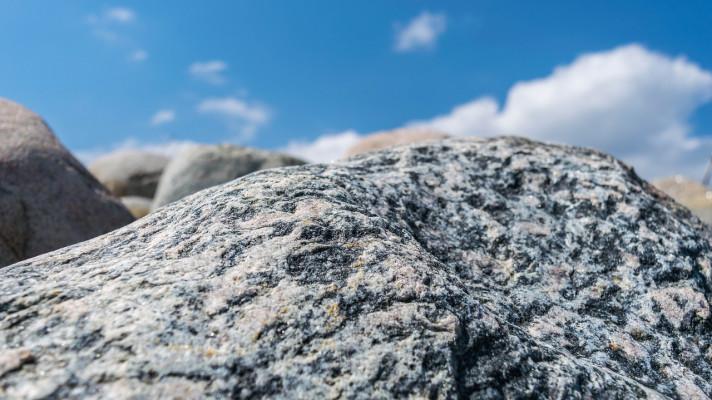Mexiko: Copper Canyon
The individual Copper Canyon (Barranca del Cobre) is just one of more than 20 canyons that stretch west of Chihuahua City in the Sierra Madre Occidental, located between the high central plateau and the Sea of Cortez.
The surrounding peaks are covered with pine and oak forest and reach 2,370 meters. The mountains here are also known as the Sierra Tarahumara.
GEOGRAPHY
You'll find a variety of climates. It can snow in the mountains while tropical temperatures reign in the valleys.
The average altitude here is 2,275 meters above sea level, while the highest point, Cerro del Mohinora, is 3,306 meters and the lowest point, at the confluence of the Septentrion and Chinipas Rivers, is around 220 meters. Note that the average rainfall in Copper Canyon is close to 15 inches per year. Most of the rainfall takes place during the months of July, August and September.
To journey into this rugged and isolated terrain with knowledge of its spectacular biodiversity and history is one of Mexico's best adventures. Carl Lumholtz explored the Sierra Madre and the Barranca de Sinforosa in 1892, and his well-documented adventures have inspired generations of canyon enthusiasts.
A trip into the canyons and the Sierra requires a good base of operations, such as the town of Creel, most travelers' hub of choice. Multiple-day treks are arranged by many of the hotels in Creel, though you can find independent guide services in any of the towns by asking hotel owners or visitors. There are numerous towns along the railroad and in the valley including Batopilas, Cusárare, Divisadero, Bauchivo and Cerocahui.
CANYON HISTORY
The barrancas are one of Mexico's youngest geological formations and the largest in North America. They were formed about 30-40 million years ago, during a period of intense volcanic activity in what is present day Northwestern Mexico. Thousands of volcanoes erupted, throwing lava and ash onto the surrounding plateau and creating the Sierra Madre Occidental.
The tectonic activity also created deep fractures in the earth's crust. Because the rocks are relatively soft, the rivers originating in the high Sierra cut deep canyons on their descent to the Gulf of Mexico. The canyons bear the names of these powerful rivers: Chinipas, Candameña, Urique, Tararecua, Batopilas and Verdes.
FLORA AND FAUNA
The Sierra is one of the most biologically rich areas in Mexico. One reason is that there are two distinct environmental climates - one in the mountains and on the plateaus, and a different one at the bottom of the canyons. This terrain includes snow-covered mountain peaks and subtropical forests in the canyons.
The canyons are home to 290 recorded bird species, 24 endemic and ten in danger of extinction, including the military macaw (Ara milittaris), the thick-billed parrot (Rhynchopsitta pachyrhyncha), and the eared trogon (Euptilotis noxenus).
Almost a third of Mexico's land mammals are found in the region, including the black bear (Ursus americanus), the puma (Felis concolor), and the Mexican wolf (Canis Lutus baileyi), which is in danger of extinction. Hunting has claimed many species. The grizzly bear is extinct and the wild turkey and deer are now rarely seen.
More than 3,500 vascular plants are found in the region. Among them are tropical and temperate species as well as hundreds of endemic species, including at least 60 wild relatives of major crops and more than 400 wild medicinal plants, an irreplaceable genetic legacy.
Most of these endemic plant species may be endangered by logging and overgrazing. Ironically, ethnobotanists now estimate that the forests are more valuable as extractive reserves for medicinal plants than for timber. The chuchupate plant, used as a blood thinner in both traditional and modern medicine, is worth thousands of dollars per acre in virgin pine forest, but it is sparse in most of the Sierra due to overharvesting and deforestation.
Mixed forests of Ponderosa pine and Douglas fir are found above 2,000 meters (6,500 feet), while juniper, piñon, and live oak are found at lower elevations from 500 to 1,500 meters (1,640 to 4,900 feet). Biologists have counted 15 species of pine and 25 of oak.
Unfortunately, the forests within the Sierra Tarahumara have been commercially logged for 100 years. The logging has been selective, and in many cases, the worst trees have been left in areas to regenerate new forest.
ZDROJ:www.flickr.com, planeta.com, kráceno
